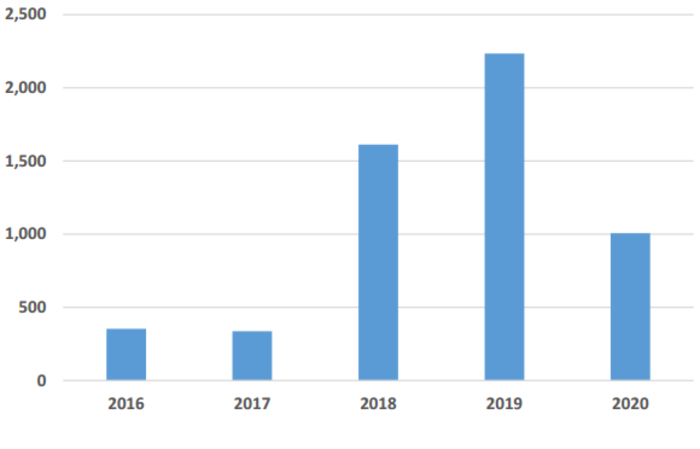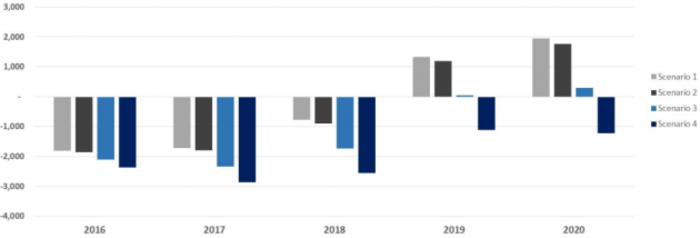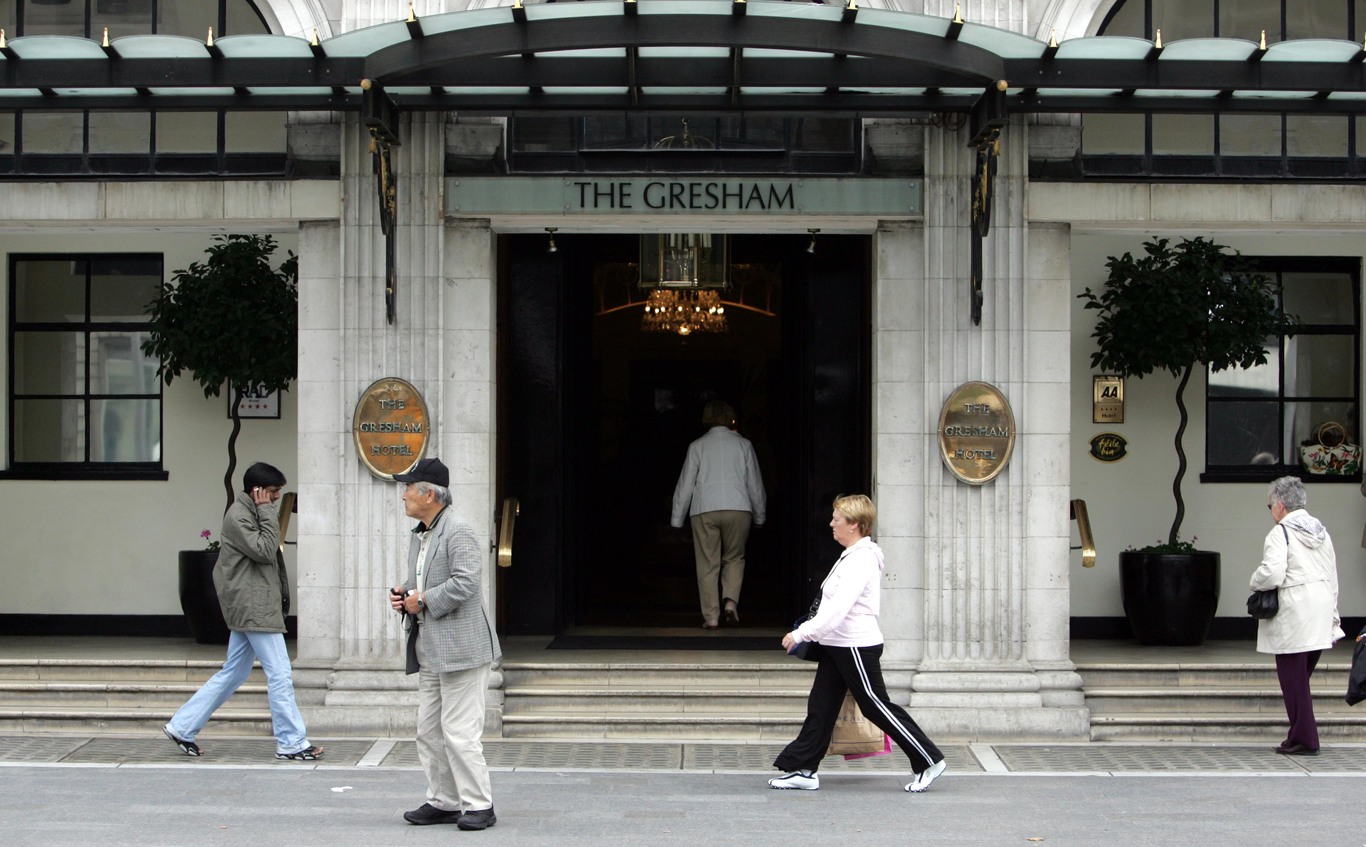Dublin is facing a hotel-room shortage that could stifle its growth as a tourist hub
Rates are expected to go up faster than anywhere in Europe due to the lack of space.
DUBLIN IS FACING a hotel-room crunch over the next two years that could threaten its continued growth as a tourist hub.
A report for Fáilte Ireland has called for a series of short- and longer-term fixes to try and speed up the development of new hotels.
Changes already signed off by the tourist authority and due to come into place later this year include reduced minimum room sizes and ditching a requirement that hotels also offer meals.
Over the past five years, tourist arrivals to Dublin have increased by one-third but the available accommodation in the city has shrunk 6%.
The report, from consultants Fitzpatrick Associates, said that after “almost 10 years of inactivity”, there was now a significant amount of extra space being developed.
There were 80 new hotels or extensions in the pipeline as of late March, which together would add more than 8,700 beds in the city by 2020.
However most of the new rooms weren’t likely to become available until 2018 at the earliest, meaning the accommodation squeeze is expected to worsen over the next two years.
It added that 15 of the projects, featuring about 2,200 potential rooms, weren’t likely to be completed by the end of 2020 due to their “speculative nature”, or other issues like planning challenges, leaving around 5,500 extra rooms that were likely to be built.
 Expected extra room capacity
Expected extra room capacity
Price rises
A PwC report published in March said Dublin hotels had the equal-highest occupancy rates of those in any European city last year. It predicted prices per room would go up nearly 20% over the next two years, the fastest growth in the continent.
The average daily rates for Dublin hotel rooms went from less than €80 per night in 2011 to more than €110 four years later.
Meanwhile, Fáilte Ireland predicts total visitors to Dublin – both from elsewhere in the Republic and overseas – will rise from around 6 million last year to more than 7.6 million in 2020.
Chairman Michael Cawley said even the 5,500 extra rooms in the works weren’t guaranteed, which meant “it is imperative that we do all that we can to facilitate them”.
“Even if these new rooms are realised, in the short term, Dublin is facing a supply challenge which could ultimately threaten its competitiveness as a tourism destination. Any near term change to the city’s perception for good value could have long term consequences for Irish tourism.”
A major shortfall
The report predicted a shortfall of up to 2,850 rooms in 2017, depending on how fast demand grew, although hotel stock would probably swing back into surplus from 2019 on.

The consultants recommended short-term fixes like fast-tracking planning in the city to “bring about greater efficiency” for those looking to build hotels, although they recognised there was very little that could be done to help the lack of supply over the next two years.
They also called for a “strategic development-zone approach” for accommodation, with other changes that would allow for larger developments – including the option for taller buildings.
Fáilte Ireland has already redrawn the regulations for hotels to reduce bedroom sizes so they are “aligned with European norms” and remove mandatory conditions about providing meals and refreshments. The changes are due to come into place later this year.
“Recognising changes in consumer demand and behaviour, these revisions to the regulations will encourage innovation in the provision of new accommodation and position Irish tourism to be competitive with new types of offerings internationally,” the organisation said.
The report said that Dublin currently had few hotels, of small average sizes, relative to its population and GDP when compared to other European capitals.






